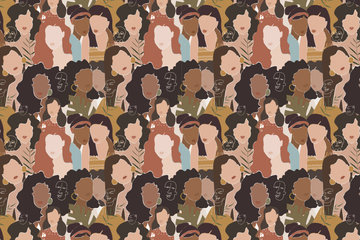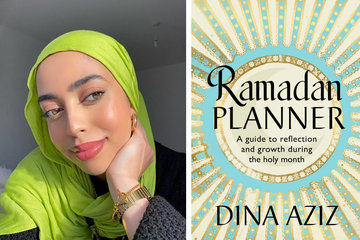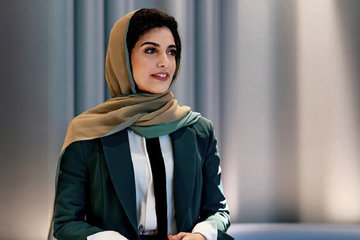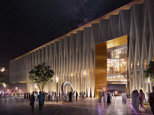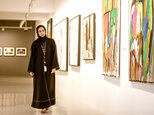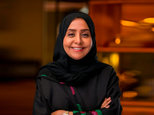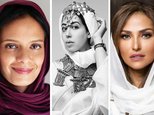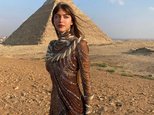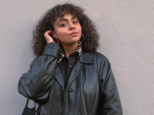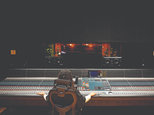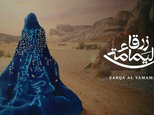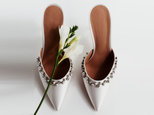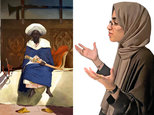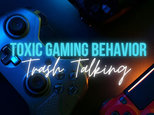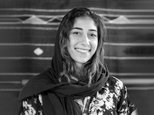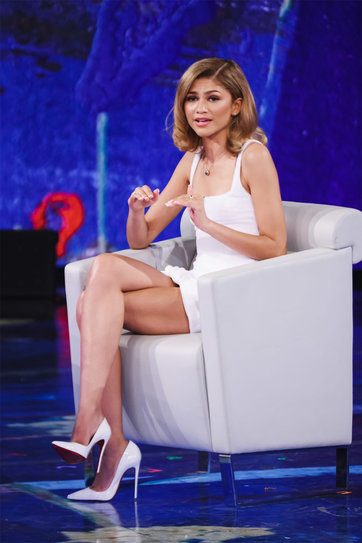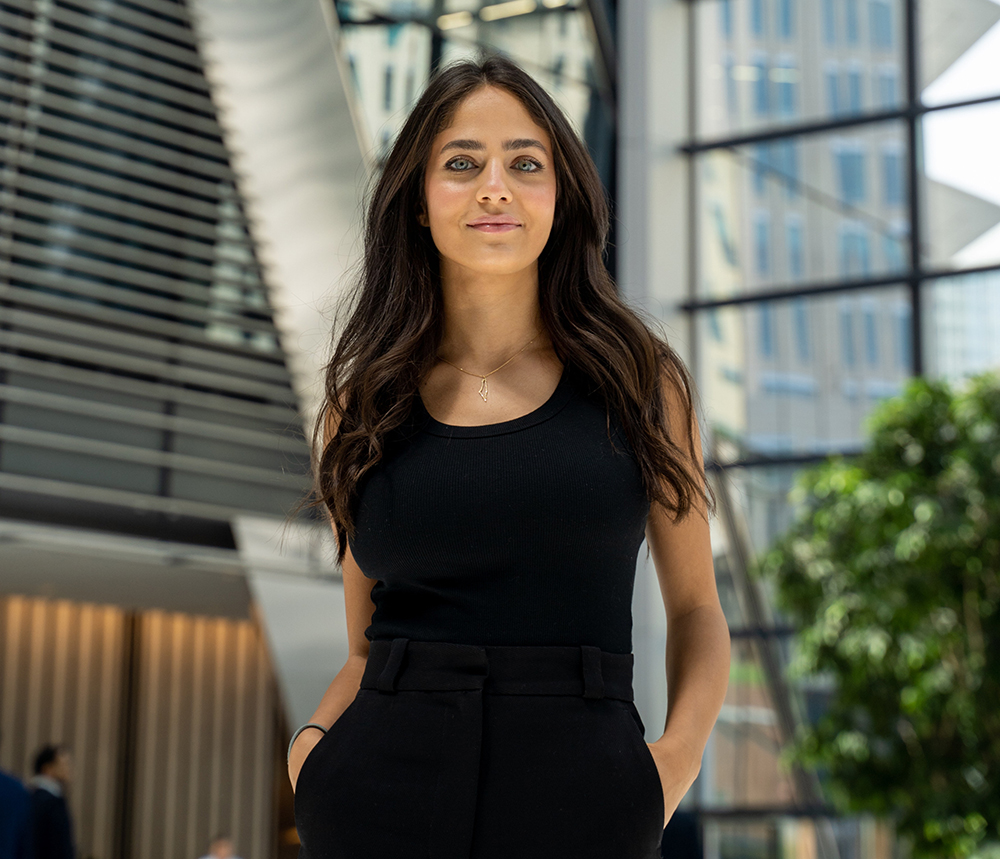
A true visionary in her field, Malak Abu-Qaoud is responsible for overseeing the arts, culture, and events at ICD Brookfield Place in Dubai. Malak's inspiring journey as a Creative Lead and Artistic Director has brought a fresh and innovative perspective to her current role at Brookfield Properties.
Since joining in 2020, she has spearheaded the Arts & Culture program at ICD Brookfield Place, curating regionally groundbreaking exhibitions featuring renowned artists like Takashi Murakami.
Under her vision, the location has transformed into a dynamic hub that fosters artistic innovation and engages the public in meaningful ways. We interviewed Malak and tapped into her curatorial process as well as her personal favorite artworks, read more below.
What is the mental checklist that goes through your head during your curatorial process?
We like to exhibit shows that are accessible and culturally significant to what’s happening in the world. The checklist is fairly simple:
1. To offer a better understanding of art to those outside the industry - including our tenants at ICD Brookfield Place - by bringing curated exhibitions to them. This helps us fulfil the aim of attracting a broad audience and retaining our existing community
2. To take on an open and fluid approach to programming. We like to switch it up by combining conceptual, non-commercial shows with more gallery-style exhibitions, or open calls with site-specific commissions for instance.
How have you boosted the local arts community so far?
The Arts and Culture Program is crucial for ICD Brookfield Place as an opportunity for experimentation and collaboration, nurturing art practice as a way of working and making. We aim to foster community through an engaging cultural program, by introducing emerging and established artists through campaigns, exhibitions, and community events within the local ecosystem. This means there’s a real interdisciplinary melding of interests and specialties, forming exciting results which can evolve to suit the needs of the public. We are setting a new benchmark for what non-institutional forms of public art can do in the city - both inside and outside the building. Over the past three years, we have nurtured a growing cultural community who attend our shows, talks and events.
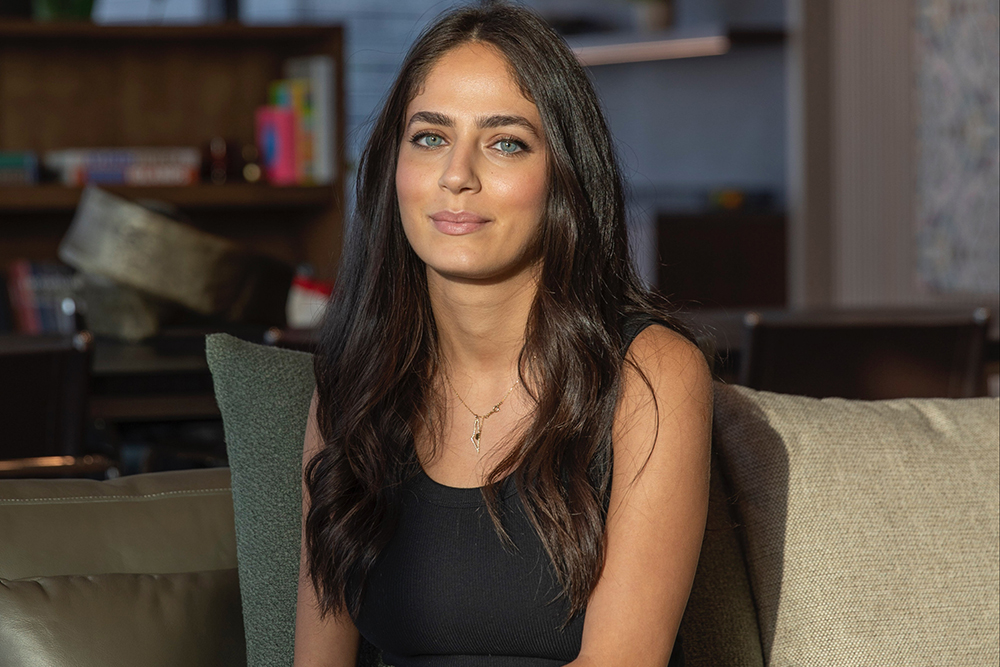
3. What are three emerging artists we should look out for?
• Sarah Badr (@frktl) I’ve been obsessed with digital art for a while, and I’m so happy to see a few regional artists starting to experiment with this medium. Sarah’s practice focuses on world creation, complex natural phenomenon, and algorithmic media. Her work is so detailed and immersive. Sarah is also a classically trained multi-instrumentalist and composer, who produces solo experimental works.
• Talal AlNajjar (@talalnajjar) is a young artist who’s work I’ve been following for a while. He utilizes defamiliarization and the uncanny to prompt anthropological and material questions. His interdisciplinary practice of sculpture, digital, and multi-media explores the socio-cultural and technological body's construction and intersectionality.

• Miramar Muh’d (@miramar.muhd) one of my favorites who’s career I watched grow tremendously in the past few years. She is a self-taught Iraqi visual artist, muralist and activist based in Amman. Her work is firmly rooted in humanitarian beliefs as a response to injustice and gender discrimination. Miramar truly embodies the idea of larger-than-life art - literally - having transcended her initial passion for canvas paintings in her studio, she quickly became the youngest female artist to have ever produced work on large-scale buildings. “The larger the walls, the lighter I feel”, as she puts it. Her largest mural (53 meters wide) sits outside of ICD Brookfield Place. I’m beyond excited to see where the rest of her future takes her, I have no doubt she will go to great lengths.
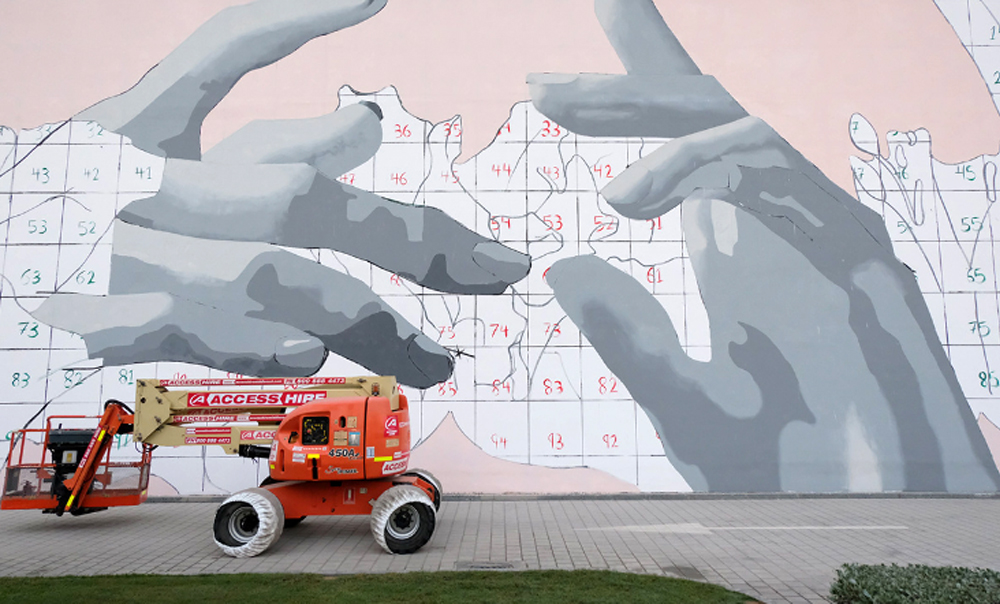
What is your take on the complex and changing relationship between space, art and public?
I don’t think the relationship between space, art and public should be seen as complex. They are singular organisms in symbiosis, working together in the same ecosystem. Placing art within spaces creates engaging environments that allows the public to build and foster organic connections with that space. Through this, people find value in their environment.
Public art is not meant to be intimidating, rather, it is engaging, because it sits communal areas enjoyed by people from all walks of life. In this sense, I am a firm believer that if art is incorporated in the right setting it can be super impactful.
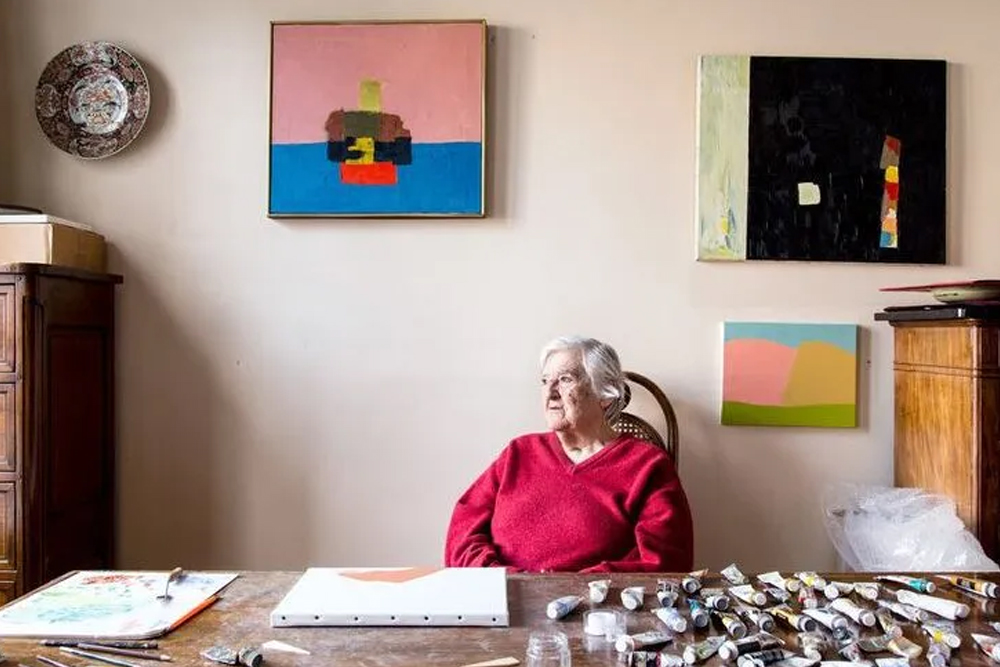
Would you say that art is approachable and accessible in the Gulf and Middle East? What are realistic ways to improve that?
I think it depends on the concept and purpose of “art”. Some art is evolving to become more accessible in the region, such as public art and events, while other artforms aren’t meant to be accessible to the general public.
Today, there are many art events dedicated to the community such as Qouz Arts Fest, which does a great job in making art available to the general public through activations, musical performances and experiences for people of all ages. Another example is Art Jameel's Youth Takeover program, which empowers the younger generation by giving them the platform to host and curate a commissioned exhibition and public program, creating a platform for expression and engagement with art.
Other ways to improve accessibility is to offer more free programming committed to showcasing engaging exhibitions, bringing an array of communities together to encourage people to discover and learn creatively.
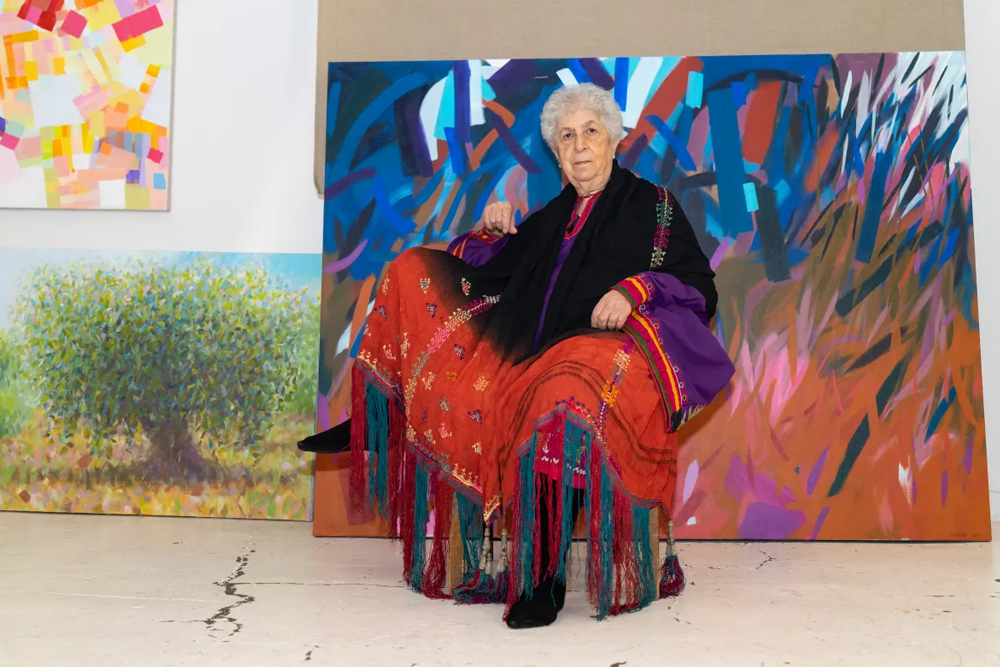
In this scenario, you are only allowed one artwork per room. What’s one piece of art you would like to have in your bedroom? Living room? And dining room?
My house is quite colorful, so this is a difficult question to answer. But if I was only allowed one artwork per room, and I had any choice of artists I would go for Etel Adnan in the bedroom, her work is so calming and serene. Although initially known a poet, Adnan became well known for her Matisse-like landscapes. For the living room, I would keep bright and playful and have an iconic Samia Halaby painting! Her work is super colorful and trippy and she is recognized as a pioneer of contemporary abstraction in the Arab world. I spend most of my time in the living room so I always want to feel inspired. I would go for a large Hashel Al Lamki painting in the dining room, I love his work because it shows so much movement and is so saturated. His work explores the relationship between humans and their habitat; a lot of his work is concerned with the landscapes that surround his upbringing in Al Ain, and he uses freshly formed pigments derived from natural resources in the MENA region.
What is an element in your daily routine that keeps your work motivations high?
I’m incredibly lucky to work in a beautiful building that has so much to offer. I spend the first half of my morning drinking coffee in the Summer Garden with my sidekick Yasmine. This is my favorite part of my routine because we’re immersed in a bright, green space, brainstorming and planning upcoming events. I’m also extremely lucky to work with my team, we spend so much time together. We’ve become family.
What truly keeps me going is watching the progression of the artists we work within their careers as well as is seeing our projects come into fruition after months of hard work. There is so much joy in experiencing people’s reactions to the space, it’s the best adrenaline.
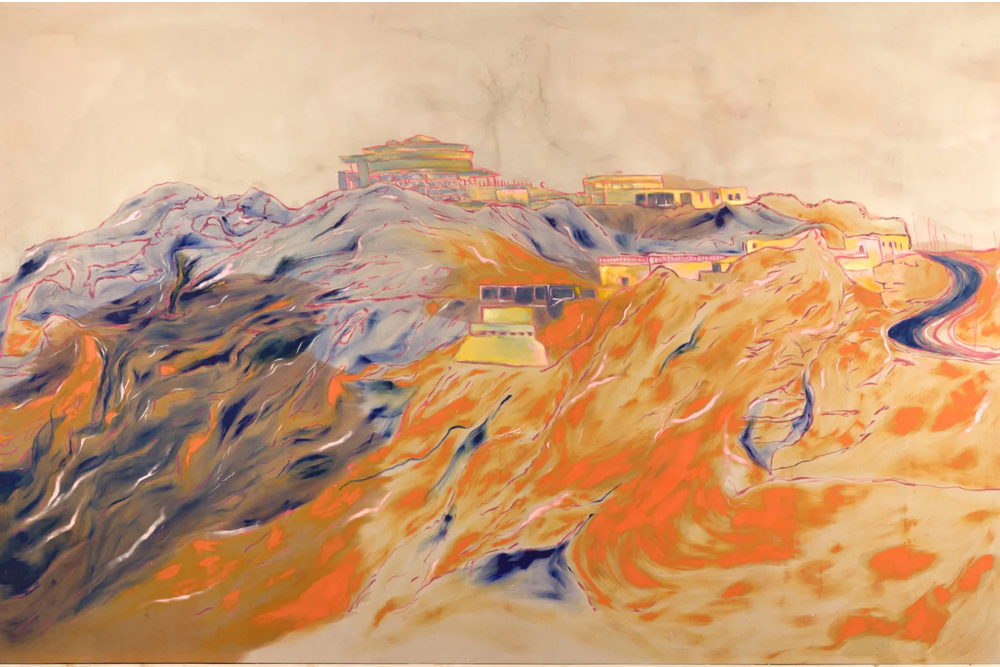
What is it like working with Murakami? How would you describe his energy in one word?
Murakami and the Perrotin team were so easy to work with, I learned a lot from the lead project director of Perrotin NY, Guillaume, it was like having a crash course in museum quality production - extremely meticulous and detailed. It all came together very quickly, we produced the show in less than 3 months which is totally unheard of! As a person, I would probably use “eccentric” to describe Murakami’s style, but his energy was super calm and friendly, he’s a very down to earth person and was happy to meet our local creatives.
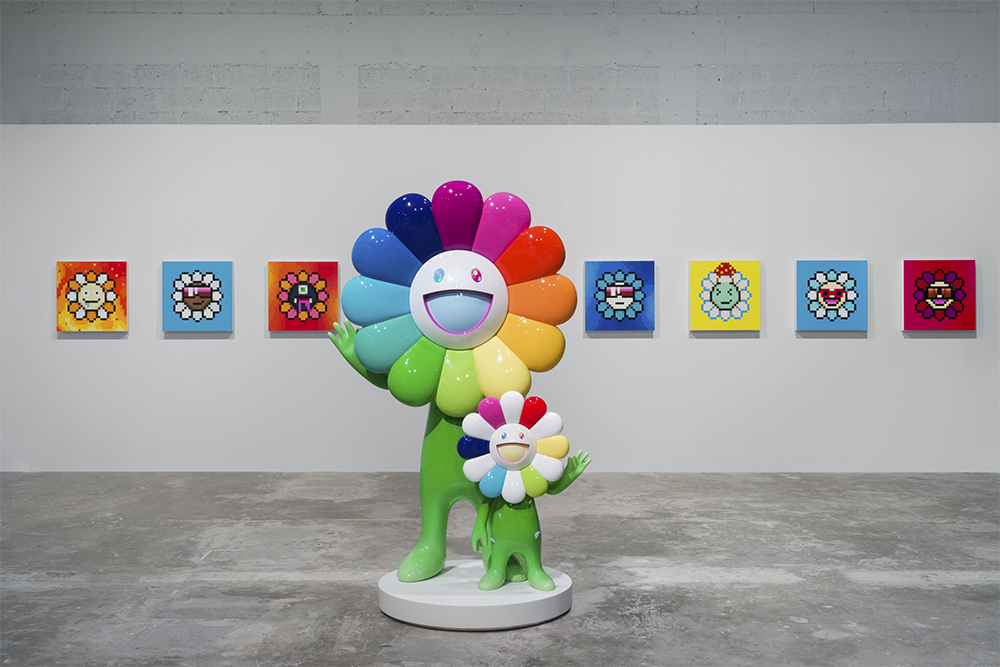
Three pieces of advice for young Arab wanting to tap into this small and exclusive industry?
Through the many artists I have had the opportunity to work with, there are a few things that make or break an artist. Those are persistence, patience, and focus. Work hard to build and develop your style; this does not come easily, but spending time to learn your craft and experiment will help you get recognized. People can spot a real emerging artist from a “hobbyist”.

